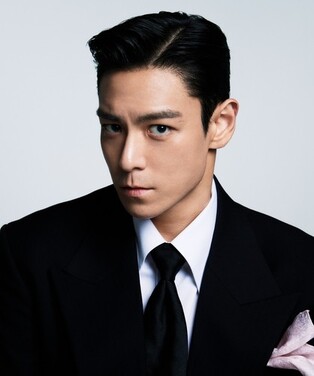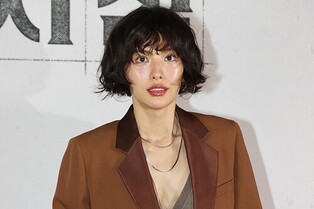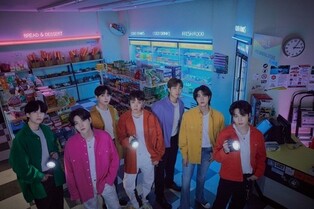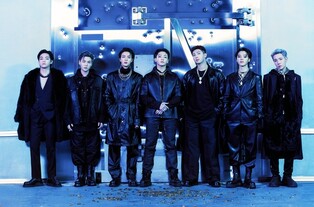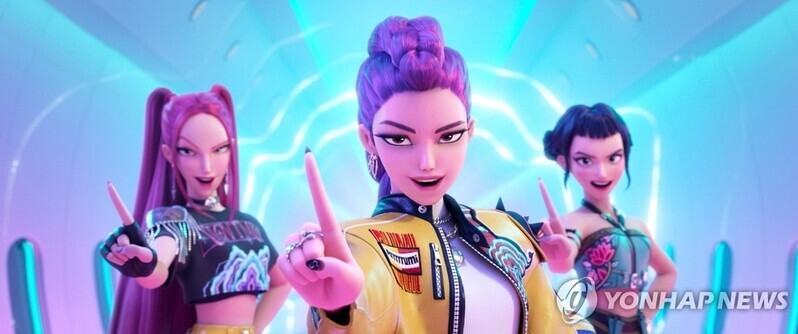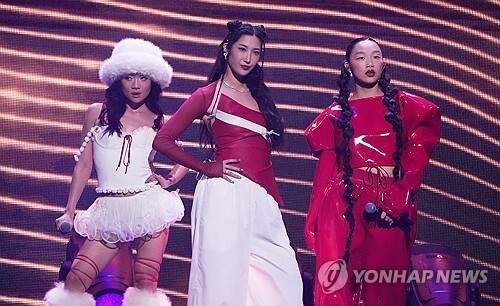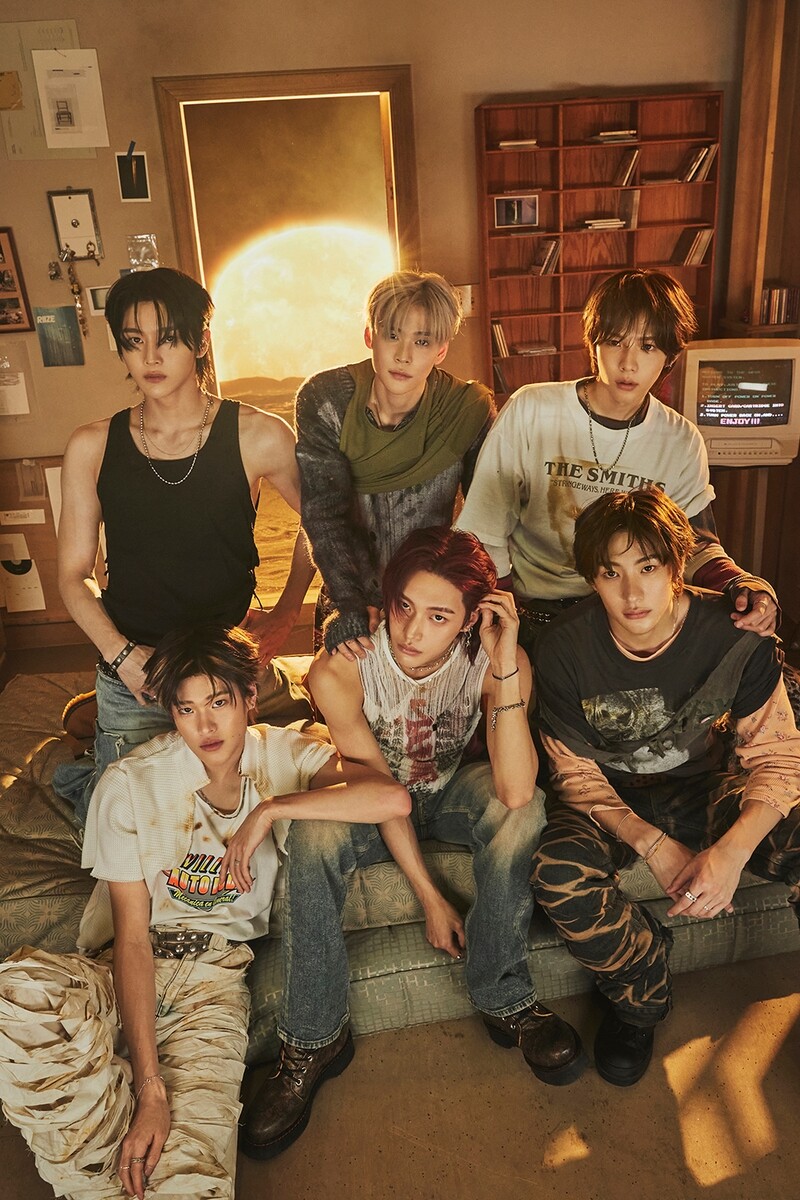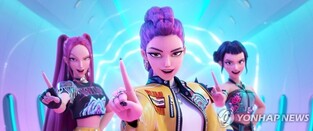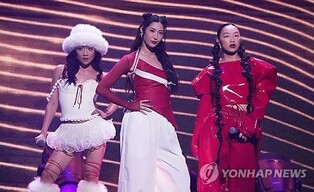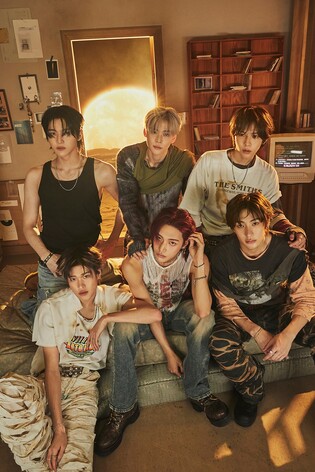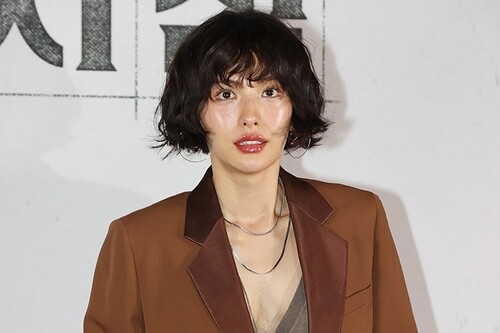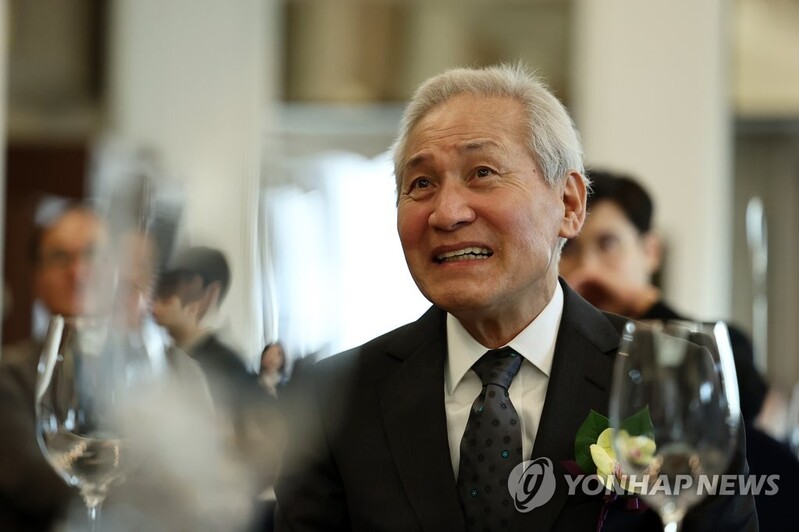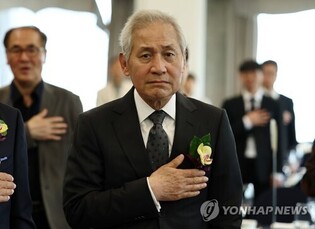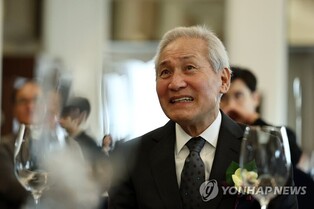*Editor’s note: K-VIBE invites experts from various K-culture sectors to share their extraordinary discovery about the Korean culture.
Scrutinizing AI: The Crisis in the Storytelling Industry Triggered by AI
Contributed by Lee Eun-jun (professor at Kyungil University)
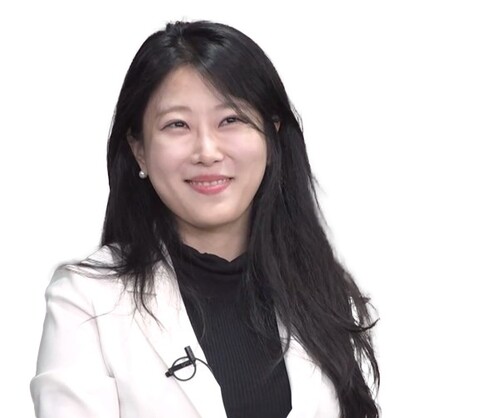
Last year, Hollywood witnessed a large-scale strike by the Writers Guild of America (WGA), fueled by concerns that artificial intelligence (AI) could replace human labor in the creative industries.
Writers expressed anxiety over the growing use of AI as a tool for scriptwriting and story creation, fearing that human creativity was being increasingly sidelined. This led to concerns about job security within the industry.
With tools like ChatGPT capable of generating simple scripts, the threat to human creators has become real. AI can analyze past scripts and plotlines, generating similar narrative structures quickly. This capability particularly impacts preliminary work on scripts for series or projects requiring basic storylines.
A central demand of the WGA strike was the limitation of AI use. Writers argued for protections to ensure AI would not entirely replace human creativity in storytelling.
This issue extends beyond the interests of writers alone. The strike initiated a critical societal discussion about the extent to which AI should participate in artistic creation and how creators' rights can be preserved.
David Kavanagh, executive officer of the Federation of Screenwriters in Europe (FSE), which represents over 8,000 writers from 25 countries, noted, "Most writers who have tried using AI realize it's not a particularly good writer. So, while I don't think it will replace us yet, its impact on other areas of the industry could be deeply harmful."
He pointed out that children’s animation and soap operas, where similar characters and scenarios are often repeated, are especially vulnerable to such changes.
Actors have also joined the fight against replacement by artificial intelligence (AI). The Screen Actors Guild - American Federation of Television and Radio Artists (SAG-AFTRA), representing actors and broadcasters, participated in a strike aimed at safeguarding their jobs from AI encroachment.
Despite lasting 18 months, the strike ended in a virtual stalemate, leaving unresolved tensions about the industry's future.
Many Hollywood artists remain opposed to AI not only for its potential to disrupt jobs but also for its unauthorized use of their works to train generative AI models.
In October, high-profile figures like Kevin Bacon, Julianne Moore, Kate McKinnon, and musician Aurora, alongside thousands of other creators, issued a public statement urging a ban on using human-made art for AI training without consent.
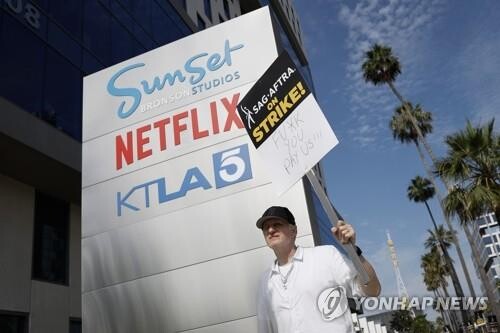 |
| ▲ American actor Michael Rapaport holding a strike picket in Los Angeles, California, on July 17, 2023 (local time). (PHOTO NOT FOR SALE) (Yonhap) |
The statement condemned such practices, asserting, "Using creative works without permission for generative AI training is an egregious and unjust threat to the livelihoods of the individuals behind those works. This behavior cannot be allowed." It served as a public warning to AI companies.
While concerns about AI's impact on livelihoods are valid, not all creators reject its potential. Some are exploring collaborative approaches to unlock new artistic possibilities.
◇ The 100% AI-Generated Actor in "It’s Me, Moon-Hee"
The film It’s Me, Moon-Hee exemplifies such possibilities. The film uses AI to generate a digital version of veteran actress Na Moon-hee, featuring her in multiple roles, including an astronaut, a spy-action protagonist, and even a “Santa Grandma.” Directed by five filmmakers, this project highlights the intersection of AI and traditional cinema.
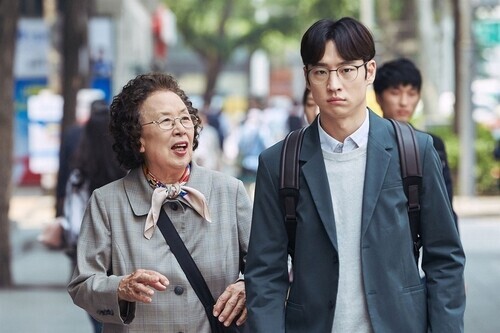 |
| ▲ A still photo of Korean film "I Can Speak," starring actrors Na Moon-hee (L) and Lee Je-hoon, is provided by Korea Film Council on June 3, 2024. (PHOTO NOT FOR SALE) (Yonhap) |
Reactions to the movie at its preview were mixed. Some praised its realism, stating, "I couldn’t tell it was AI until someone mentioned it," while others criticized the technology, commenting, "The visuals and audio still feel unnatural."
From the production team's perspective, the use of AI significantly reduced costs associated with high-profile talent fees, CGI work, and large-scale location shoots. However, concerns linger about AI displacing real actors and crew members, intensifying debates over its ethical use.
The emergence of AI-driven technologies has raised pressing questions about the future of the narrative industry. While AI has been integrated discreetly in production processes—used by producers, writers, and VFX artists—it is not yet positioned to fully replace human creativity. Instead, it offers an opportunity for collaboration, albeit one that requires careful oversight and ethical considerations.
The author envisions a future where AI evolves to learn not only the likeness of actors but their performance styles as well. In this scenario, AI could surpass its current use as a stunt double or stand-in, taking on increasingly sophisticated roles in the film industry.
However, this potential advancement calls for a united effort among industry stakeholders, policymakers, and society to establish frameworks that ensure fairness and preserve artistic integrity.
AI does not operate independently but rather follows human-designed algorithms, which inherently carry risks of sidelining human creativity. Nevertheless, collaboration between AI and creators could open new artistic possibilities, particularly when the creative process involves refining AI-generated content with human insight.
For example, while AI may struggle to produce emotionally resonant or culturally complex works like The Boy Who Came by Han Kang—centered on the Gwangju Uprising—a human-AI partnership might allow creators to focus on depth and nuance, leaving repetitive tasks to AI.
◇ Redefining the Creator’s Future Role
The advent of AI demands a redefinition of roles within the creative industry. Beyond crafting works of art, creators will increasingly engage in guiding, editing, and enhancing AI-generated content. This shift necessitates recognizing the unique contributions of human creativity within this collaborative process.
In areas where emotional depth, cultural context, and nuanced understanding are critical—such as literature or socially charged narratives—human creators will remain indispensable. AI’s limitations highlight the irreplaceable value of human empathy and cultural knowledge.
Some creators are already utilizing AI to develop innovative business models, automating repetitive tasks while focusing on more imaginative and original pursuits. This approach allows artists to amplify the artistic value of their work, turning AI into a tool rather than a competitor.
For the narrative industry, AI represents both a threat and an opportunity. While concerns about job displacement are valid, those who embrace AI may discover new industrial opportunities. As the industry evolves, human and AI roles will become increasingly collaborative, shaping the future of storytelling.
Creators must adapt by carving out unique creative niches that highlight their irreplaceable talents. By integrating new technologies while preserving human ingenuity, they can navigate the challenges and opportunities presented by the AI revolution.
As previously emphasized, the profound and sublime aspects of creativity remain a uniquely human privilege—an enduring testament to the value of human artistry in an AI-driven world.
(C) Yonhap News Agency. All Rights Reserved



















